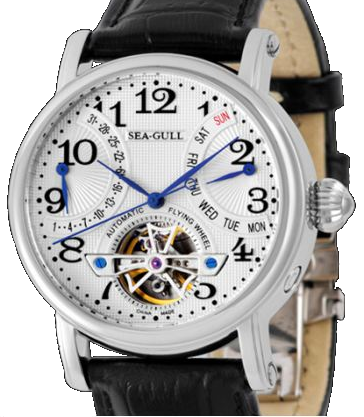Today I’m going skating on black ice! Why? Every watchmaker and watch hobbyist has their own philosophy when it comes to oiling movements. Ask three watchmakers and you’ll get five different answers. And many movement manufacturers, in turn, have their own ideas and sometimes regulations.





